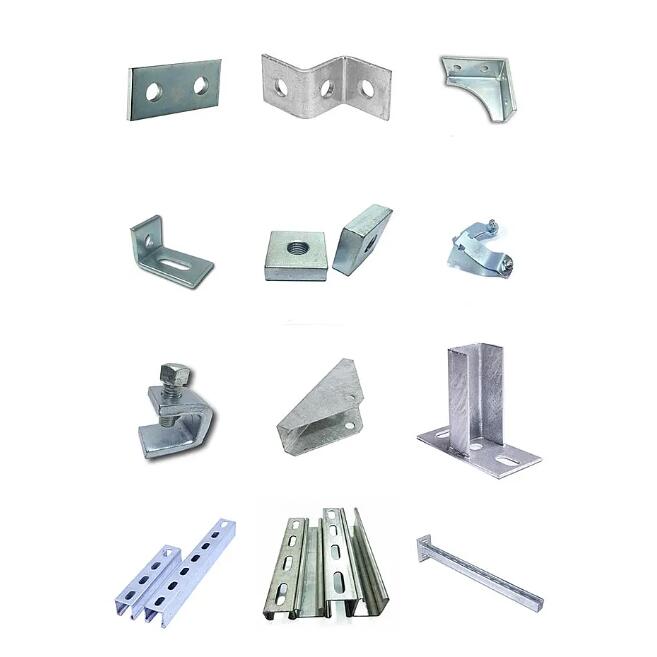Overcoming Hurdles: Addressing Springback and Distortion in Steel Stamping
2024-03-13
Steel stamping is a versatile manufacturing process used across industries to create intricate components with precise geometries. However, challenges such as springback and distortion can arise during the stamping process, impacting the dimensional accuracy and quality of the final parts. In this blog, we'll delve into the causes of springback and distortion in steel stamping and explore effective strategies for addressing these challenges to ensure the production of high-quality components.
Understanding Springback and Distortion:
1. Springback:
Springback refers to the elastic recovery of the material after it has been deformed during the stamping process. When the stamping force is removed, the material tends to spring back to its original shape, leading to dimensional inaccuracies in the finished part.
2. Distortion:
Distortion occurs when the stamped part undergoes uneven or non-uniform deformation, resulting in variations in shape, flatness, or dimensional tolerances. Distortion can be caused by factors such as material properties, die design, forming conditions, and process parameters.
Addressing Springback and Distortion:
1. Material Selection and Properties:
Choosing the appropriate steel material with the right combination of strength, ductility, and elasticity is crucial for minimizing springback and distortion. High-strength steels may exhibit greater springback tendencies, requiring careful consideration of material properties and forming conditions.
2. Die Design and Optimization:
Optimizing die design and tooling configurations can help mitigate springback and distortion issues. Features such as draw beads, binder pressures, radius transitions, and forming radii can be adjusted to control material flow and reduce stress concentrations in critical areas.
3. Compensation Techniques:
Employing compensation techniques such as overbending or pre-bending can counteract the effects of springback and distortion. By intentionally overforming the part beyond the desired shape, springback can be compensated for, resulting in the desired final dimensions.
4. Incremental Forming:
Incremental forming techniques, such as stretch forming or incremental sheet forming, involve gradually deforming the material in small increments to minimize springback and distortion. These methods allow for greater control over the forming process and can produce parts with improved dimensional accuracy.
5. Stress Relieving:
Post-forming stress relieving processes, such as annealing or heat treatment, can help alleviate residual stresses and reduce springback tendencies in stamped components. Controlled heating and cooling cycles can restore the material to a more stable state, minimizing dimensional variations.
6. Simulation and Modeling:
Utilizing advanced simulation software and modeling techniques enables engineers to predict and analyze the behavior of stamped parts, including springback and distortion effects. Finite element analysis (FEA) and virtual prototyping help optimize process parameters, tooling designs, and forming strategies to minimize dimensional inaccuracies.
7. Process Monitoring and Control:
Implementing robust process monitoring and control systems allows for real-time adjustment of forming parameters to minimize springback and distortion. Feedback mechanisms, sensors, and quality control measures help identify deviations from specifications and ensure consistent part quality.
Conclusion:
In conclusion, addressing challenges such as springback and distortion in steel stamping requires a comprehensive understanding of material behavior, die design principles, forming techniques, and process optimization strategies. By carefully considering these factors and implementing effective mitigation measures, manufacturers can minimize dimensional inaccuracies, improve part quality, and enhance the overall efficiency and reliability of steel stamping operations. As a cornerstone of modern manufacturing, overcoming hurdles in steel stamping contributes to the production of high-quality components that meet the stringent requirements of diverse applications and industries.



